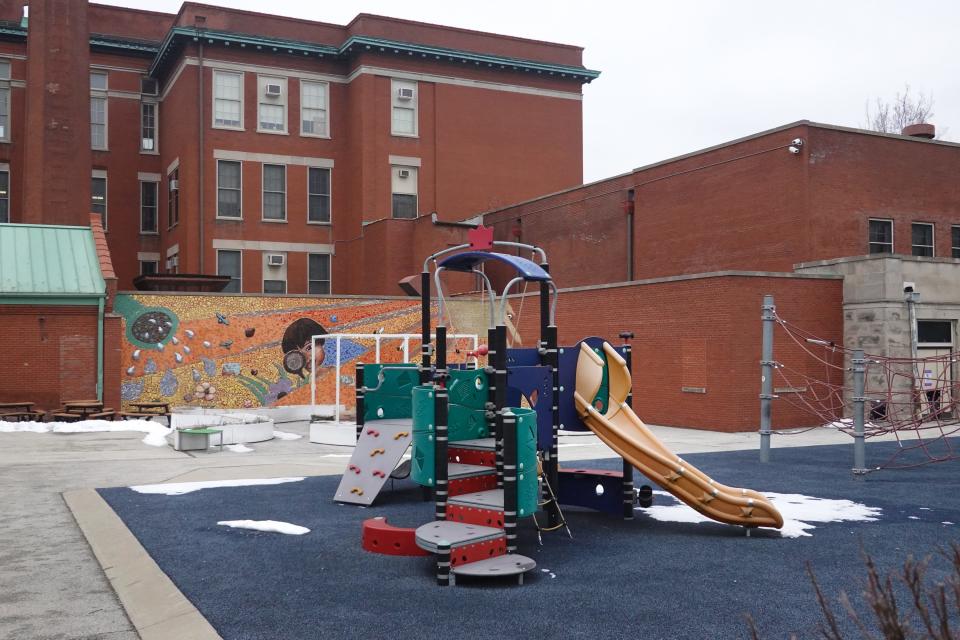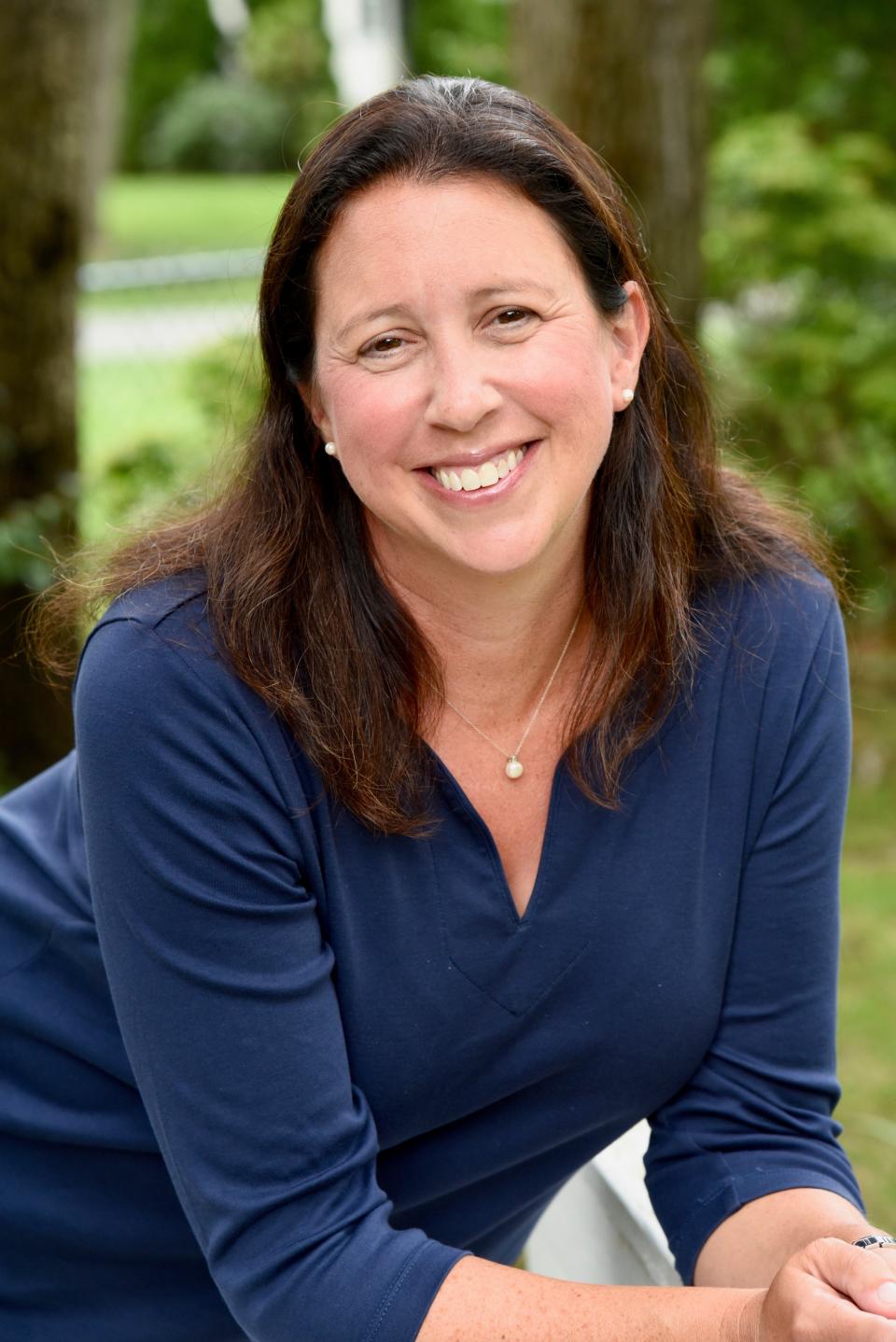Child welfare agencies aren't meant to rehabilitate parents but protect children
It has been five years since 6-year-old Zymere Perkins was murdered, his final beating with a broomstick and shower curtain rod wielded by his mother’s boyfriend.
After it was revealed that New York City’s Administration for Children’s Services (ACS) had opened five investigations into the family based on reports from neighbors and teachers in the months before his death, then-Commissioner Gladys Carrion was forced to resign. Her replacement, David Hansell, immediately set about doing what child welfare agencies almost always do in the wake of such events – hire more people.
If workers have to keep track of too many kids, agency leaders explain, someone is bound to fall through the cracks. Unfortunately, as has been made clear by the most recent spate of child fatalities in New York and elsewhere, lowering caseloads does not necessarily lead to better outcomes, particularly when workers are told to leave kids with their families no matter what.
Two years ago, Hansell bragged to a local television station that “our average caseload is down about half,” from of 14.8 files per employee, to 7.2. As of August it was down to 5.9 in New York City. And yet, in the past two months alone we have witnessed at least three fatalities of children whose families had been reported multiple times for abusing them.
Children facing horrific abuse
One-year-old Legacy Beauford was allegedly murdered at the hands of his mother’s boyfriend, a violent felon who had previously come to the attention of authorities, according to news reports. Four-year-old Jaycee Eubanks was allegedly beaten to death by his stepfather after the child’s day care reported bruising to ACS. And 7-year-old Julissia Batties was allegedly killed by her stepbrother, a young man who was reportedly questioned by Administration for Children’s Services before the fatal incident.

Between 2008 and 2018 (the last year for which data is available), the number of deaths of children in families who had been previously reported and investigated by ACS increased from 49 to 59. With fewer than six cases on average to keep track of, how did ACS caseworkers let even more children fall through the cracks?
Licensed clinical social worker: Foster parents call for reform of system that fails abused children
Los Angeles, too, dramatically reduced caseloads since the highly publicized 2013 death of Gabriel Fernandez, the 8-year-old boy beaten to death by his mother and her boyfriend, despite reports of from teachers, neighbors and even a security guard at a public assistance office of obvious burns, bruises and malnutrition. Since then, caseloads declined as an additional 2,600 additional workers were hired and the agency’s budget increased 22% just between 2013 and 2017. Y
et the fatalities of children known to the agency continue.
Children, not parents, are at risk
Caseloads are an easy solution that unites both agency leaders and workers. When child welfare agencies are the subject of class action lawsuits, reducing caseloads is a solution written into federal consent decrees. Los Angeles County workers even have a clause in their contract preventing them from being disciplined or dismissed for poor performance if their caseloads rise above a certain level.
But in his book “Out of Harm’s Way,” the late University of Pennsylvania School of Social Policy Dean Richard Gelles noted that he finds there is “little relationship between the caseload of a worker and supervisor and a preventable tragedy.”
What does have an impact, he writes, is deciding “who is the client.” Child welfare agencies are there to protect children, not rehabilitate adults. But the latter has become their priority.
A recent investigation into the 2019 death of 4-year-old Noah Cuatro by the Los Angeles Times and the University of California, Berkeley, for instance, didn’t mention that the caseworker had too much work to accomplish. Rather, it revealed that the agency’s “less adversarial approach” to parents was to blame.
USA TODAY Investigations: Florida confirms flaws with handling of child welfare complaints following USA TODAY story
The truth is it doesn’t matter how much attention each worker pays to a child if an ideology of family preservation at all costs has taken hold at an agency. While it makes sense for the vast majority of children to remain with their biological parents – who could object to that? – in cases where there has been repeated abuse and severe neglect, children may need to be temporarily or permanently removed from their homes. And the interests of parents who are unwilling or unable (because of substance abuse and/or mental illness) have to be overridden.
Improve, don't abolish, child welfare
The growing pressure to reduce the number of kids in foster care – prompted by the increasingly popular idea that foster care is structurally racist and punishes people for being poor – is pushing caseworkers to leave kids in unsafe situations. A whole movement to “abolish foster care” has sprung up, with its leaders and proponents arguing that removing children from their families could simply end if we provided more support like housing vouchers and food stamps to parents.
Far from home: West Virginia ships foster children out of state to face uncertain fate
Hansell in New York himself wrote that his goal as commissioner is to administer "more equitable experiences and outcomes … in which a child or family’s color does not determine how they fare.”
Of course, children of some races are at greater risk of suffering abuse and neglect. (Black children are 2 1/2 times as likely to die from maltreatment than white or Hispanic children, for instance.)

In other words, administering “equitable" child welfare may mean failing to protect certain children in the interests of making sure that their parents aren’t disproportionately impacted. Now that it seems caseloads are unlikely to be the real problem, maybe it’s time to examine whether our child welfare agencies’ policies are actually at fault.
Naomi Schaefer Riley is a senior fellow at the American Enterprise Institute and the author of “No Way to Treat a Child," published this month.
You can read diverse opinions from our Board of Contributors and other writers on the Opinion front page, on Twitter @usatodayopinion and in our daily Opinion newsletter. To respond to a column, submit a comment to letters@usatoday.com.
This article originally appeared on USA TODAY: Child abuse: Don't throw out foster care for sake of equity

 Yahoo Movies
Yahoo Movies 
